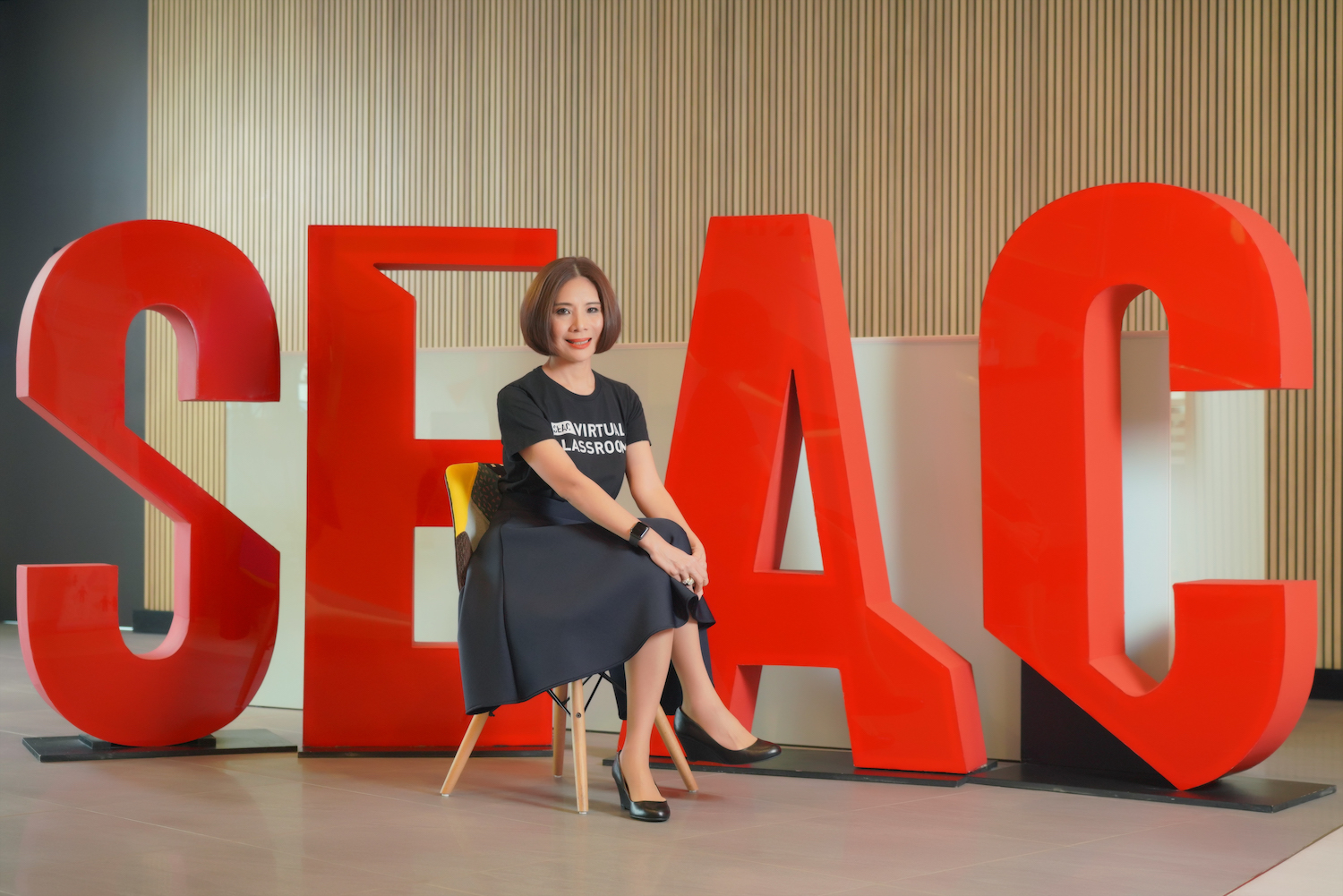
For our people to quickly develop the new and modern skills they need to make our organisations successful and keep us relevant, we need to connect them to the people they are learning these new skills alongside.
Very few of us complete our work alone, so why do we expect or allow our people to develop themselves differently?
What are your best memories about your time at school or university? I would guess it is not a boring class or lecture we had no choice but to attend. It might be a cherished teacher or mentor. In my case, it’s time I spent learning with friends as part of a small or large community that pushed me to take part and excel. It may have been working together on a small project or something non-curricular. I remember studying hard, sharing my learning, asking for and giving advice, and developing social and collaborative skills.
However, when I remember all the corporate or executive education experiences I have had, the majority may have had engaging classes, but the real value and breakthroughs happened when I developed a shared bond and commitment with the people I learned alongside.
I connected to the content and what it would do for me and the process and the people involved. I didn’t want to look bad by not contributing fully or by not having something to share with them. Being part of this community with shared goals both connected and inspired me.
Over the past 10 years, no matter the subject or the level of learners (from kids to CEOs) I have consistently seen far superior outcomes when the learners bond with each other as well as the challenge. Just like in work or school, this connection to each other provides an additional layer of support that helps them see the benefit and see that they are not alone. We work together, study as buddies, and be accountable to each other.
Why? In the old days, we would learn together and then do action plans. No obligation to do anything, no accountability. However, when we consciously or not join a “community” we are committing to doing something and providing support.
Designers now need to create future-fit learning carefully to create an expectation of helping others from the very outset and along the shared and separate learning journeys.
If learning providers and internal experts are not doing this, they cannot change a paradigm that severely limits the return on your money and time, and the future outcomes for your business. They are recreating school-like experiences that do not work in the modern world, in which people do things by themselves — not learning with application in mind.
Like kids getting their assigned homework done, they are not helping/teaching each other. If they read a great new business book, that is good. If three people read and discuss the same book, then have conversations, deep dive, and explore more, the learning is more likely to be applied. Humans are social, and so is learning.
Humans enjoy and perform best when interacting with peers or others. Some like to listen, talk, do more, or just be there. We need our learners and learning designers to get past the concept of our people learning alone. This requires a thoughtful design that goes beyond group discussions. This ideally needs to happen before they get to a class in order to create the correct expectations and mindsets. Here are a few things I have seen work well in this situation:
Welcome and connect your learners to the new community they are part of. This doesn’t need to be complicated in this era of apps. Connect them via technology and invite/ create discussion and questions. You can use this forum to help them contribute at different levels and learn more.
Connect them with the future. Show them how they will look in the future. If they can see all the possibilities together and talk about the potential it increases the connection and inspiration. This keeps people’s motivation, commitment, and momentum when experimenting with new skills.
Show them the full range of their learning options and empower them. Show them the many different ways to learn and reframe how we have learned in life. Show the focus is application.
Surround them with people with the same interest. Create opportunities for them to do new things together. This reduces the risk and spreads the learning amongst and beyond the group to provide additional benefits for individuals and the organisation.
Create an expectation of progress and experimentation, not perfection. Take some more of the pressure off. This is not about high quality, but leveraging connections and inspiration to increase the odds of them doing something.
Developing new skills is not easy and requires commitment, especially when the going is tough. As a part of a community, even if we don’t talk openly, we understand we are not alone, and this supports and challenges us to stick with it and make things happen.
Learning, life and work are all more meaningful, rewarding and effective when we’re not in single-player mode. People only truly learn when we turn that knowledge into action, and we usually need people to share and interact with to do that.
Arinya Talerngsri is Chief Capability Officer, Managing Director, and Founder at SEAC — Southeast Asia’s Lifelong Learning Centre. She is fascinated by the challenge of transforming education for all to create better prospects for Thais and people everywhere. Reach her email at arinya_t@seasiacenter.com or https://www.linkedin.com/in/arinya-talerngsri-53b81aa